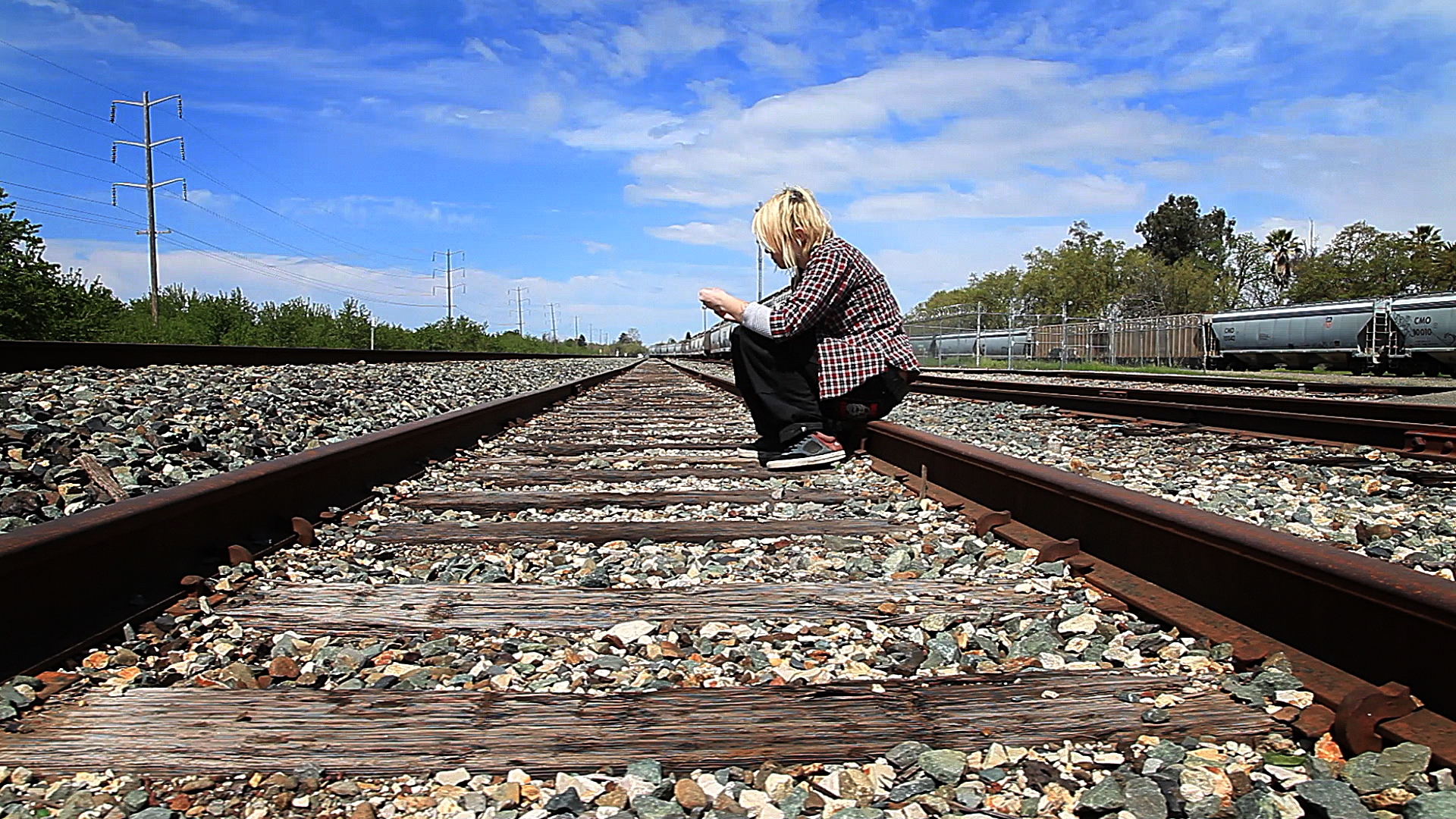SCHOOL TIES
Butte County Office of Education
The loss of a home can have a lasting impact on the well being of students. The one bright spot in the lives of these children may be the continuity provided by school.
School Ties, a program of Butte County Office of Education (BCOE), provides educational support to foster youth and homeless students. It’s based on the belief that when everything in a child’s life is in chaos, school should be the one thing he or she should be able to count on.
For School Ties, this could mean providing something as simple as a bus pass or gas card so a student can attend school. Or it could mean providing a tutor or a mentor, connecting a family with community services, or just letting a student know that someone cares and wants you to succeed.
“We look at every case and ask, ‘What are the barriers to academic achievement for this child?’ Then we act to remove those barriers,” said Meagan Meloy, coordinator of School Ties.
“All of the other struggles that homeless and foster youth face we can’t do much about, but we can make sure that student has an education – that these rights are being met for them.”
Every school district in California is required by law to appoint a liaison to homeless students. BCOE goes a step further and centralizes services to its 14 districts.
“Our kids are highly mobile, so this centralized model works well for us,” Meloy said. “It helps build stability for students if they can see the same person for help even if they’re moving around.”
Meloy said School Ties serves about 500 homeless students and 500-600 foster youth each year. Her  team includes three case managers, a tutor coordinator and mentor coordinator, five part-time tutors and ten part-time college mentors.
team includes three case managers, a tutor coordinator and mentor coordinator, five part-time tutors and ten part-time college mentors.
Much of their work is done through referrals from district homeless liaisons or from shelters. Meloy said they also have a contact person at each school so they can find out about families in transition.
About 40 percent of the students they serve are in “shared housing” – living with friends or family because they have no home. These students don’t have a connection to the services a shelter might provide.
One of the School Ties programs Meloy is most proud of is Champion Scholars, which hires students from Chico State College and Butte Community College who are former foster youth to serve as mentors for current special education foster youth.
Meloy said these mentors can say to the foster youth, “I’ve been there; I understand what it’s like.”
After attending a week-long training, the mentors are able to provide students with support that includes classroom and lunchtime visits, homework help and academic planning, after-school and weekend relationship-building activities, college visits and more.
The tutors who work with School Ties are also college students, working ten hours a week and meeting with students at their schools, shelters, the Boys and Girls Club or even a coffee shop for older students.
Another popular School Ties program is a backpack giveaway at the beginning of the school year. “We get a real variety of sizes and colors of backpacks, and offer the same styles other students are using so our kids don’t stand out,” Meloy said.
Students are able to choose their own backpack, which Meloy said is important for kids who rarely get to select brand new things of their own. School supplies are also included in the give-away, which is largely funded by donations.
As the School Ties program manager, Meloy said she spends most of her time in schools training staff on the needs and rights of homeless and foster youth.
“I’m working to dispel myths and raise empathy,” she said. “It’s important that school personnel make families who are struggling with these issues feel welcome at school.”
One special focus of her trainings is school clerical staff. “They’re the gatekeepers and the first point of contact for many families. That experience will have a lasting impact on how welcome a family feels at school.”
Meloy said that the high school graduation rate for foster youth served by School Ties is 80 percent, compared to 58 percent statewide.
One key to their success it their realization that “it can be empowering for students who have been disenfranchised to understand that attending school is their right. It’s not just an authority thing. When students think of education as something they have a right to, it becomes more interesting to them.”
California’s Local Control and Accountability Plan (LCAP) requires school districts to develop and implement plans specifying how the district will improve the educational outcomes for foster youth.
“It’s been really exciting these last few years. The LCAP has really raised the awareness, now that foster-youth are a called-out subgroup,” Meloy said.
Funding for School Ties comes from a competitive grant through the McKinney-Vento Act, Title I funds, and a state grant for foster youth.
For more information:
• The National Association for the Education of Homeless Children and Youth offers information about federal law and homeless students.
• The National Center for Youth Law has created mentoring modules for working with foster youth in California.
• The California Homeless Youth Project, a research and policy initiative, offers a number of resources for working with homeless youth.






